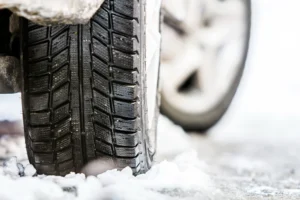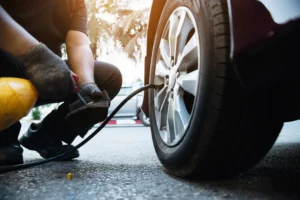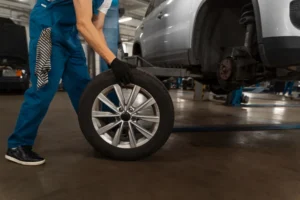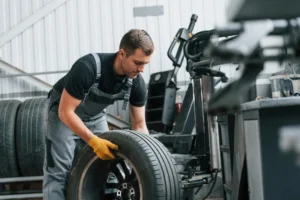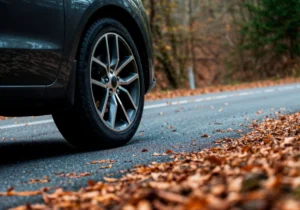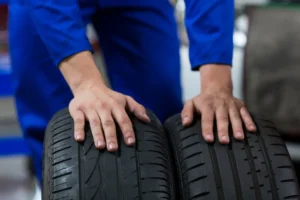Before setting off on a long drive, most drivers check fuel, oil, and washer fluid levels — but tyre pressure is often overlooked. Tyres are the only contact between your vehicle and the road, and incorrect pressure can compromise safety, performance, and efficiency. Ensuring tyres are inflated correctly before long journeys is one of the simplest yet most important steps for safe driving.
Safety First
Tyres with incorrect pressure affect how your vehicle handles. Underinflated tyres increase braking distances, reduce steering response, and are more prone to blowouts. Overinflated tyres, on the other hand, have reduced contact with the road, making them more likely to lose grip in wet conditions. On long motorway drives, the consequences of poor tyre pressure are magnified. Correctly inflated tyres provide the stability and grip needed for safe, predictable handling.
Fuel Efficiency
Incorrect tyre pressure doesn’t just affect safety — it also impacts fuel consumption. Underinflated tyres create greater rolling resistance, forcing your engine to work harder. This can increase fuel usage by several percent, costing you more at the pump, particularly on long journeys. Properly inflated tyres reduce resistance, helping your vehicle run efficiently and lowering emissions.
Tyre Longevity
Driving with the wrong pressure leads to uneven tyre wear. Underinflated tyres often wear more quickly on the outer edges, while overinflated tyres wear faster in the centre. Over time, this uneven wear shortens tyre life and results in costly replacements. By keeping tyres at the manufacturer’s recommended pressure, you’ll extend their lifespan and save money in the long run.
Comfort and Stability
Tyres set at the correct pressure also ensure a smoother ride. Underinflated tyres can feel heavy and sluggish, while overinflated tyres transmit every bump and vibration through the cabin. On long journeys, this can make a big difference to comfort. Balanced pressure levels help absorb road irregularities and improve overall driving stability.
How to Check Tyre Pressure
Checking tyre pressure is quick and straightforward. Most petrol stations have air machines, and portable gauges are inexpensive. To get an accurate reading:
- Check pressure when tyres are cold, ideally before starting your journey.
- Compare readings against the manufacturer’s recommendations, usually found in the owner’s manual or on a label inside the driver’s door frame.
- Don’t forget the spare tyre, if fitted.
Adjust pressures as needed, particularly if carrying extra passengers or heavy loads.
Preparing for Long Journeys
Before long trips, especially on motorways or during holidays, tyre checks should be part of your routine. Look for:
- Correct inflation levels.
- Adequate tread depth (above 1.6mm legal minimum).
- No cracks, bulges, or embedded objects.
A few minutes of checking can prevent hours of delay or dangerous breakdowns.
Conclusion
Tyre pressure is often overlooked, but it plays a critical role in safety, efficiency, and comfort. Before long journeys, checking and adjusting your tyre pressure reduces accident risks, saves fuel, extends tyre life, and ensures a more enjoyable drive. Simple, quick, and effective, this small habit makes a big difference to your journeys and peace of mind.
Word Count: ~945 words
